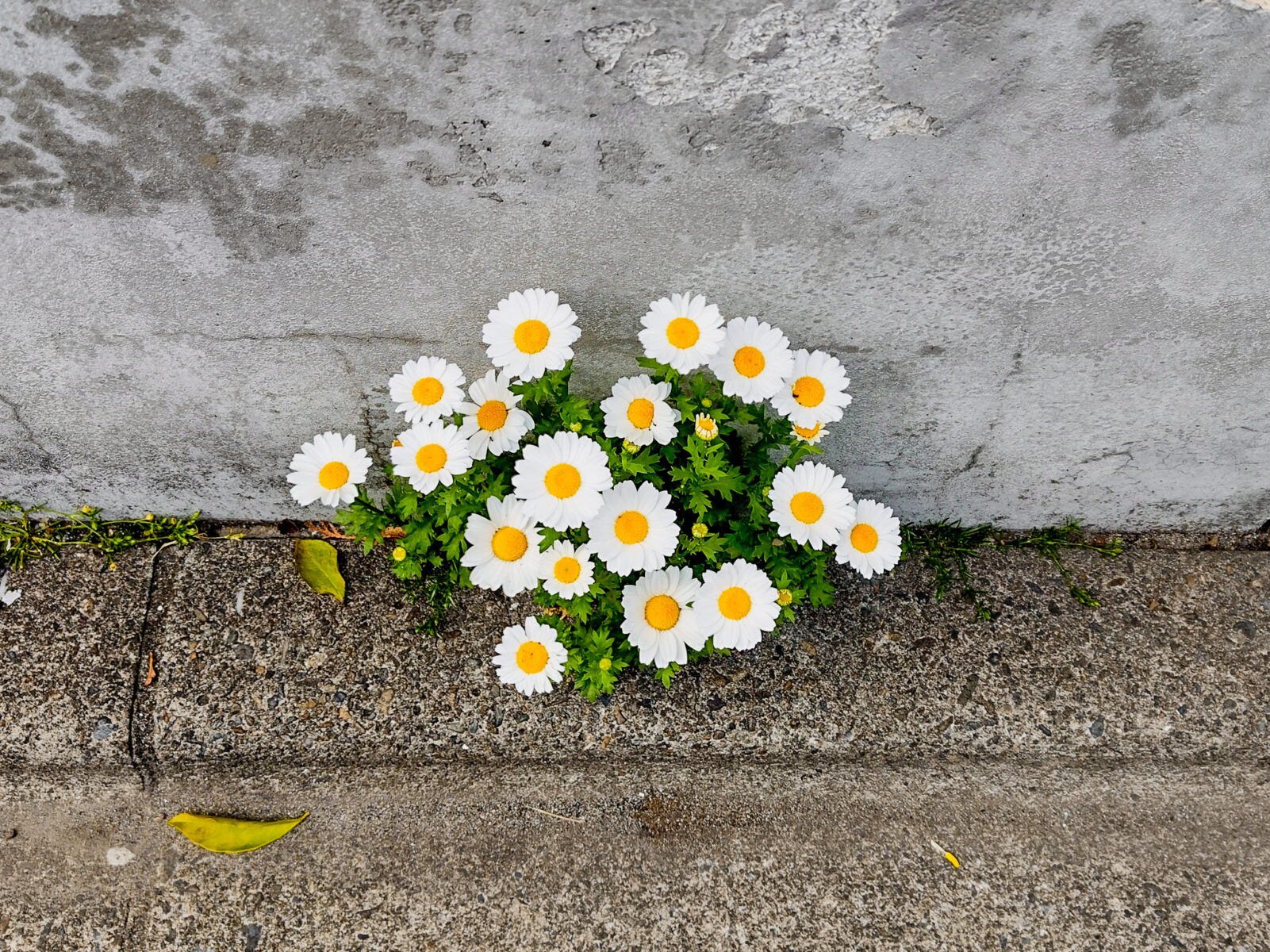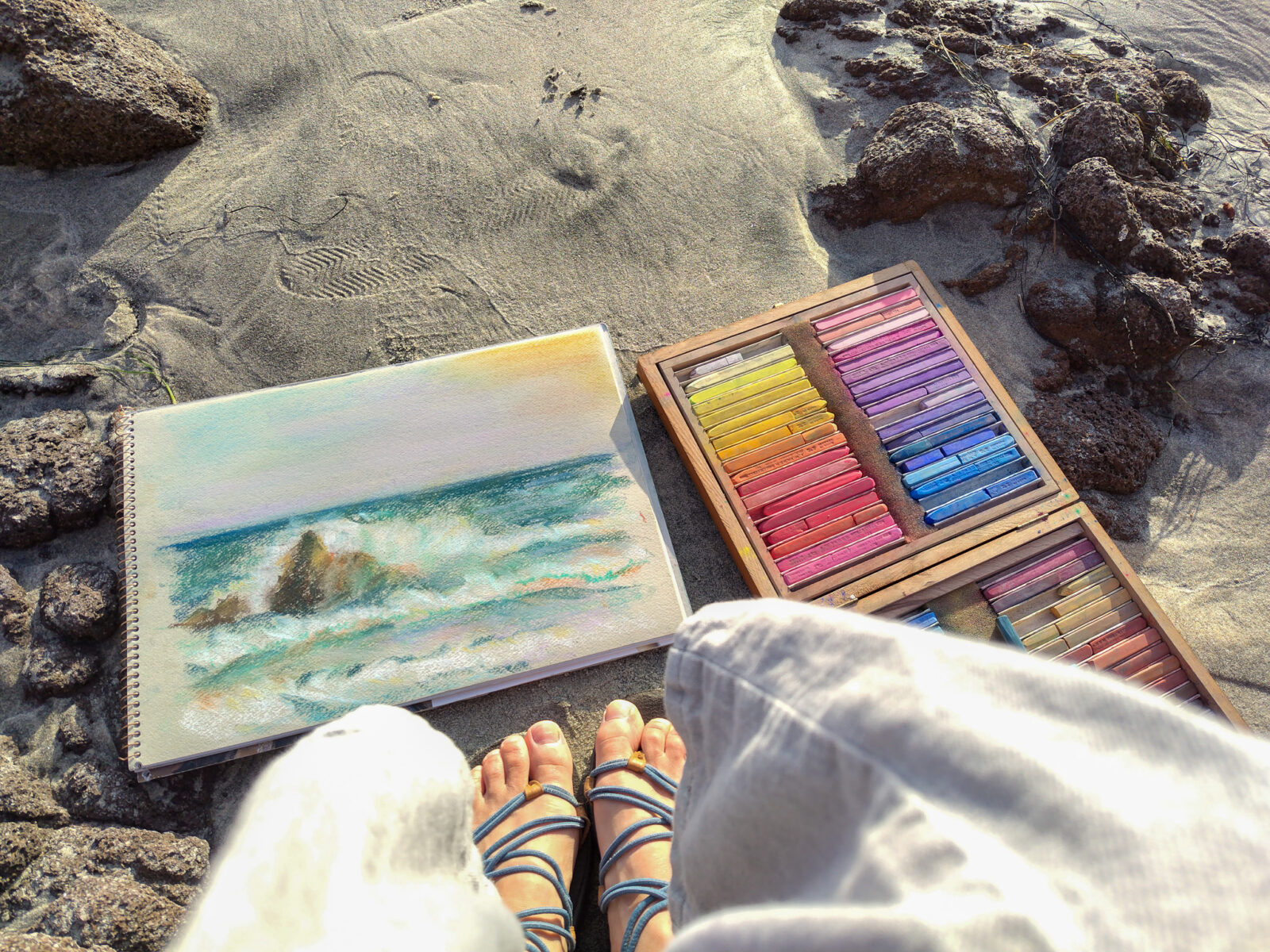I read Jill Bolte Taylor’s Whole Brain Living: The Anatomy of Choice and the Four Characters That Drive Our Life recently. I’d like to reflect on her proposal for a Whole Brain way of living, in relation to my recent feeling of “past doesn’t exist beyond our mind” and the subsequent quest to find the way to heal ourselves.
☝️ This is a TED talk mentioned at the beginning of the book. It’s fascinating to hear her describe, from the perspective of a neuroscientist, the process of losing left brain function due to a stroke, what that state was like, and her rehabilitation afterward. By reading this book, I became more certain that we can help ourselves to heal by simply rewiring our brain. Maybe, we don’t need to focus on the past so much like before when it comes to healing.
What are the “Four Characters” that influence our choices and actions?
In the book, Taylor explains in detail how the following four characters influence our decisions and life direction. She suggests that by balancing these characters, we can make more fulfilling and conscious choices. The book also provides deep insights into brain function through the author’s recovery from her stroke. It emphasizes the importance of integrating and utilizing the brain’s functions for personal growth, self-understanding, and deepening connections with others, offering new perspectives for daily life and relationships. Taylor even suggests giving each character a fitting name. I personally perceive them using the imagery of the Four Elements, associating them with the court cards in the four suits of the Tarot, rather than giving them names.
Character 1 (Left Brain 1):
This is akin to the persona in Jungian psychology. It handles logical, organized, and analytical thinking, responsible for planning and advancing tasks systematically. It’s skilled with language and strives to achieve results. If associated with the Four Elements, it would be Air.
Character 2 (Left Brain 2):
In Jungian terms, this could be the shadow or wounded child. The cells that form this character don’t evolve, so they tend to repeat old addictive patterns. It’s the brain’s alarm system, harboring past pain, guilt, and shame. This part ensures our safety based on past experiences and fears. Its element would be Water.
Character 3 (Right Brain 3):
This corresponds to the anima/animus in Jungian psychology. It’s the character that chooses what’s fun at the moment and thrives on spontaneity. Intuitive, sensory, and living in the present, it represents our creative side. Its element is Fire.
Character 4 (Right Brain 4):
This is the true self in Jungian psychology. Its element is Earth. It thinks in images rather than words, is flexible with possibilities, and seeks similarities. It sees the bigger picture and wants to contribute to the greater good. It’s the part where the divine or transcendent self manifests, offering a sense of connection and self-transcendence.
Can you feel the presence of these four characters within yourself?
I quickly came to recognize them in myself. For me, Character 3 usually dominates, but when it gets bored or tired, Character 2 starts creeping in stealthily, complicating things. That’s when the drama begins—Character 2 brings up negative past experiences, which makes Character 3 lose focus. I quickly notice when this happens.
In my case (and I believe this is the case for many people), the relationship between Character 2 and the other characters (1, 3, and 4) is key.
The author emphasizes that although Character 2 adds depth to our lives:
“Our potential to grow into Whole-Brain beings hinges on whether we can step out of Character 2.”
Are we all “in recovery” for the whole brain way to live?
This book reminded me of Janet G. Woititz’s The Intimacy Struggle: Why Do You Always Have Trouble with Relationships? which coined the term “Adult Children.”
Woititz’s book addresses the problems faced by Adult Children (AC)—people raised in dysfunctional homes with issues like alcoholism or abuse—who often continue to be affected into adulthood. The book explains why ACs struggle with relationships and marriage, describing the deep insecurity and difficulty in forming healthy relationships. It identifies patterns of unconscious repetition, influenced by an over-activated Character 2, and offers advice on how ACs can overcome these issues and build fulfilling relationships.
Like Taylor’s book, it discusses how old neural circuits, strengthened by repeated use, lead to ingrained patterns:
“The brain is a collection of cells that communicate within circuits, and the more a circuit is used, the stronger it becomes. In other words, the old addiction circuits you’ve been running for so long are still wired into your brain. You need to consciously and deliberately strengthen new circuits.”
Taylor concludes by saying:
“At the level of the Four Characters, regardless of the cause of disconnection—addiction or emotional pain—the recovery process is the same for everyone. We each walk our unique path, facing our individual challenges. By integrating these tools into daily life, even when we’re not in crisis, and practicing ‘brain strategy meetings’ regularly, we strengthen those circuits, making them readily accessible when needed.”
Aiming at the healing experience that takes place on a holistic level
Recently, I’ve begun to think that in healing, it’s not always effective or necessary to delve deeply into past events. The reason is that the more you try to heal someone in the present by focusing on their past, the more I’ve seen cases where that person becomes trapped in their past.
So, what about cases where someone is healed in the present from past events? In those cases, I noticed that the person is actively creating new experiences. In fact, I was beginning to think that creating new experiences itself might be the very act of healing. Then, after reading this book, I became convinced. Creating new experiences equals creating new neural pathways, and that is what leads to the experience of healing.












